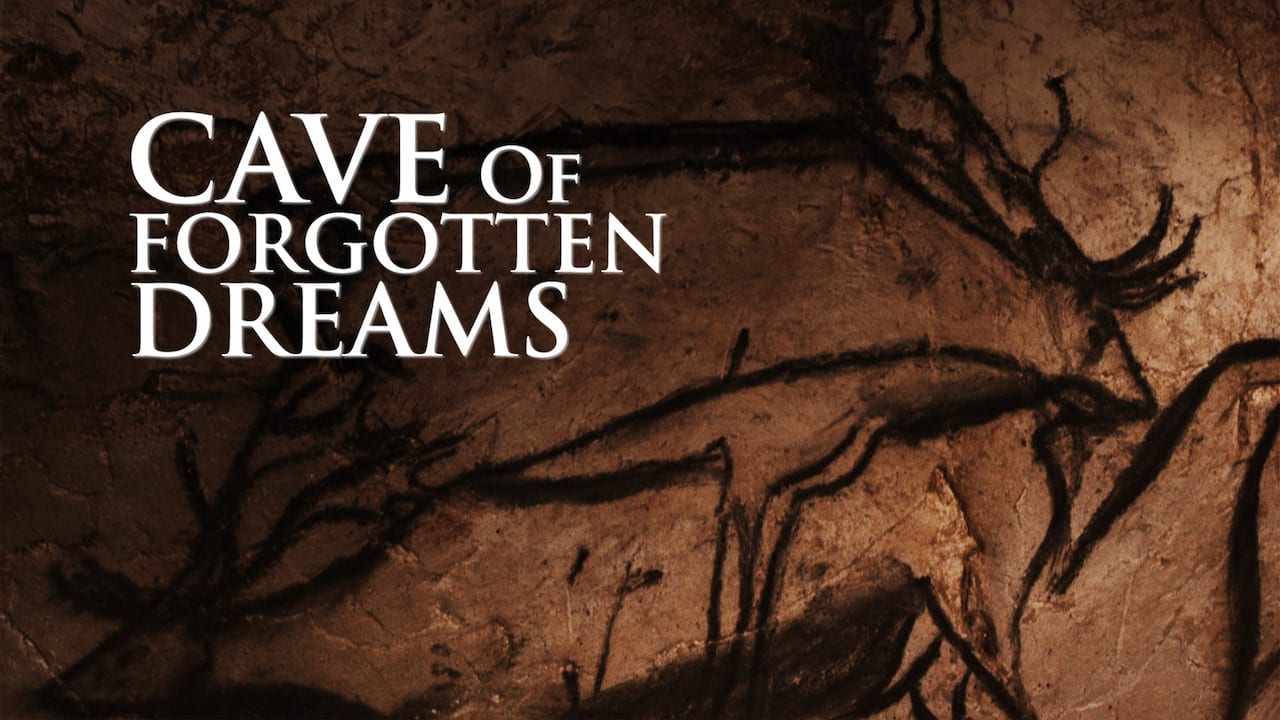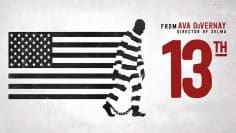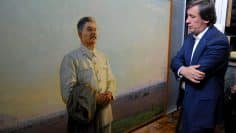Cave of Forgotten Dreams
Cave of Forgotten Dreams takes viewers on a journey into the Chauvet Cave in Southern France, home to some of the oldest known human-painted images. Directed by Werner Herzog, it provides a rare glimpse into this restricted site, which contains artwork dating back approximately 32,000 years.
The documentary showcases the cave’s remarkable Paleolithic art, featuring depictions of various animals such as horses, mammoths, lions, and rhinos. These paintings demonstrate a sophisticated understanding of perspective and movement, with the artists utilizing the cave’s contours to enhance their creations.
Herzog interviews scientists and researchers who offer insights into the significance of the cave paintings and their creators. The film explores themes of human creativity, spirituality, and our connection to our ancient ancestors. It raises questions about the nature of art, the evolution of human consciousness, and our ability to understand people separated from us by vast stretches of time.
The Chauvet Cave’s restricted access, implemented to preserve the delicate artwork, adds an element of exclusivity to the documentary. Herzog and his small crew were granted limited time inside the cave, working under strict conditions to capture footage of the paintings and the cave’s unique environment.
Throughout the film, Herzog contemplates the meaning of these ancient artworks and their implications for our understanding of human nature and creativity. He draws connections between the Paleolithic artists and modern humans, suggesting that the impulse to create art is a fundamental aspect of our species.










